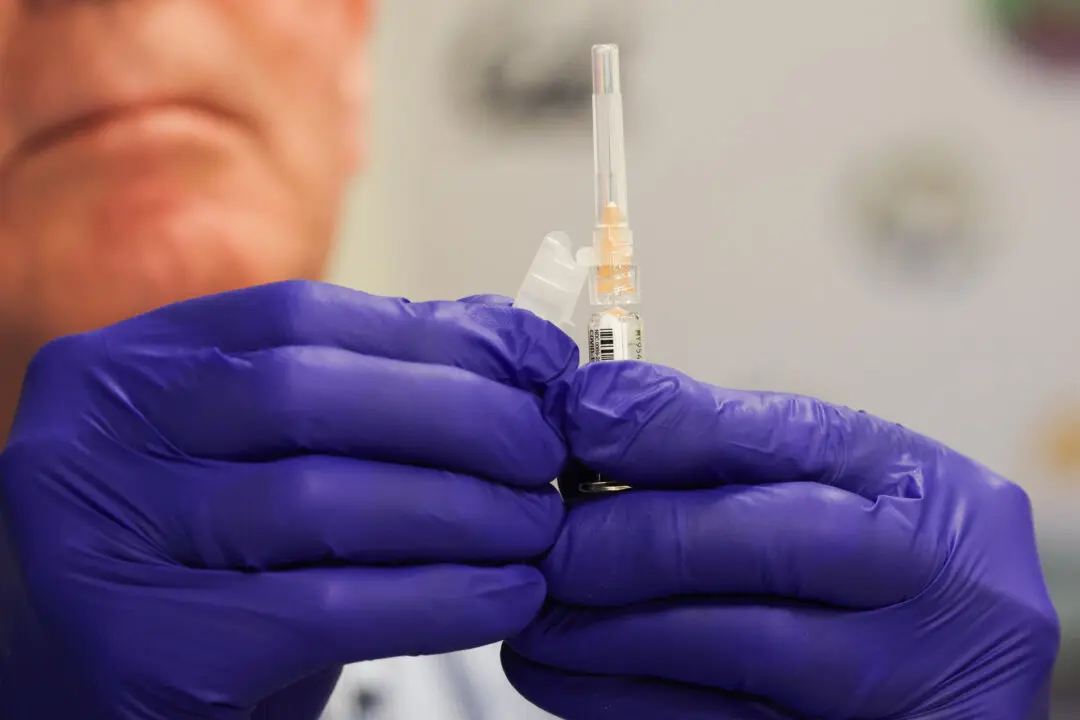A COVID-19 outbreak unfolded at a conference held by the U.S. Centers for Disease Control and Prevention (CDC) despite most attendees being vaccinated.
About 1,800 CDC staffers and others gathered in April in a hotel in Atlanta, where the CDC is headquartered, for a conference focused on epidemiological investigations and strategies.





